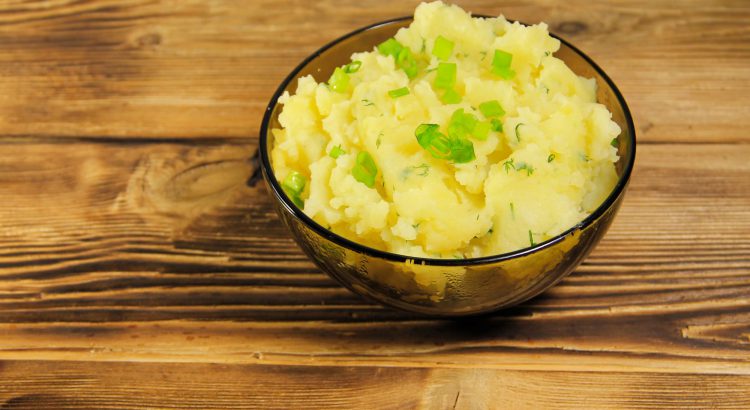It’s a carb heavy time of year and, for those who are challenged to maintain their blood sugar within healthy limits, this spells trouble. Not to worry, healthy and delicious alternatives for your holiday favorites abound, including mashed potatoes. The rutabaga is a fantastic, low-carb potato substitute. Anything a potato can do, a rutabaga can do better. French fries? Yes. Hash browns? Yes! Home fries? Definitely! And, of course, a delicious and creamy mash. You can even make a mix of potato and rutabaga if you’re feeling unsure about a complete swap. One cup of potato comes with 113 calories, 26g of carbs and 2.7g of fiber, compared to 1 cup of rutabaga, which has 53 calories, 12g of carbs and 3.2g fiber. The roasted garlic and fresh thyme add incredible flavor to the dish. This may be your new holiday favorite!
Category: Recipes
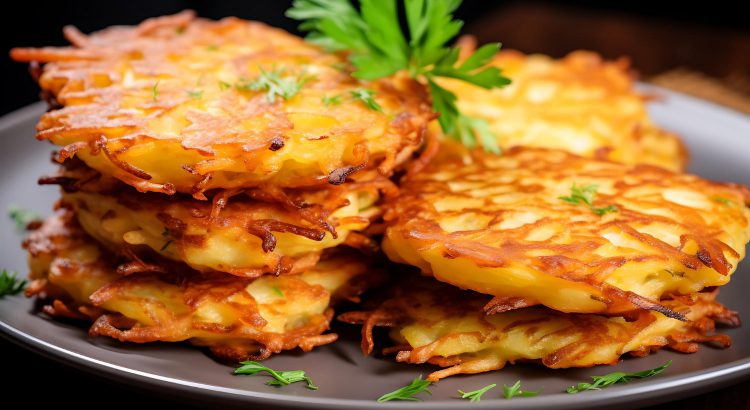
Crispy Air Fried Latkes and Applesauce
Just about every culture that has access to potatoes has some variation of a crispy fried potato cake. Of all the delicious potato cakes around the globe, it’s hard to choose a recipe. However, for potatoes, ‘tis the season for latkes! This recipe utilizes an air fryer, cutting back on excess grease but maintaining the crispy goodness. Latkes are traditionally paired with applesauce, which is incredibly simple to make, and sour cream. Now, if you’re looking to add even more nutrition to this dish, you have to be willing to tamper with the original recipe. Using a 50/50 blend of potato with another veggie such as parsnip or zucchini will add in more fiber, nutrients and cut the carbs for those who need to watch their intake. In addition, replacing sour cream with a 2% plain Greek yogurt will give added protein to balance out the carb-y potato. If you’re hesitant about the transition to Greek yogurt, try full fat first— it’s still lower in fat than sour cream. For 2 tablespoons, Greek yogurt has 1g of fat and sour cream has 5g. They taste the same, I promise!
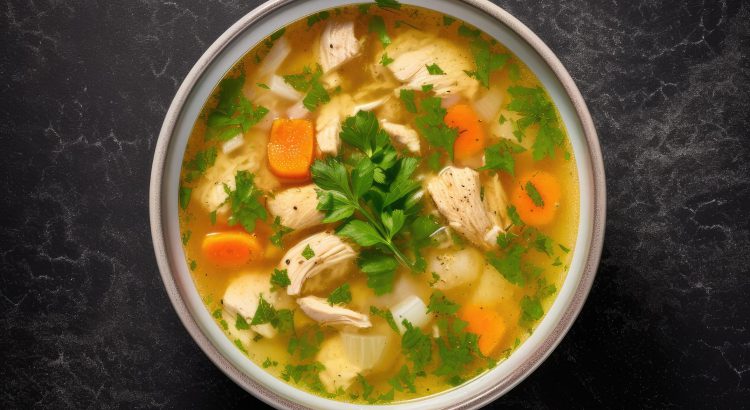
Turkey Soup
Looking for something to do with leftover turkey? Making a soup is a great way extract all the nutritional goodies out of that bird, leaving you with a soup base that is deeply nourishing both for the body and soul! When you make a broth from the turkey carcass, you’ll be getting nutrients such as collagen, an important component for maintaining the health of your skin, tendons and other connective tissues, along with vitamin A, vitamin K2, zinc, calcium, manganese and selenium. If it’s too soon for more turkey, this soup can keep in the freezer for 3 months.
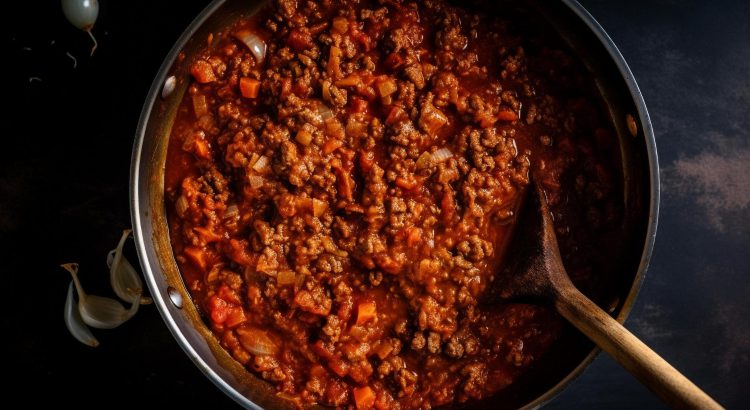
Pumpkin Chili
Chili is the ultimate comfort food for fall! It signals cool weather, family gatherings and football. This recipe is even more reminiscent of fall because it includes pumpkin. This adds a nice mild sweetness that pairs well with the spices found in chili. The thing that really makes a good chili, though, is the beans. A variety of beans adds textural interest to the dish and a ton of heart- healthy fiber, plus plant-based protein. The combination of the two in addition to the pumpkin flavor are sure to leave you feeling satisfied—both in your tummy and in your soul! If you’re looking for a little extra nutrition boost, try swapping out sour cream for plain 2% Greek yogurt as a topping, adding protein and probiotics.

Feta Pumpkin Dip
We’re knee deep in pumpkin season now! There are so many fun types of gourds to try, and you can use any of them in this recipe. Overall, winter squash is an excellent complex carbohydrate, with 2 to 3 grams of fiber per cup and an incredible source of vitamin A. The feta and Greek yogurt add fulfilling protein to this dish as well. This recipe not only makes a satisfying snack when paired with hearty, seed-laden crackers or veggies to dip in it but is also a tasty topping or spread to other dishes like soups, salads or sandwiches.
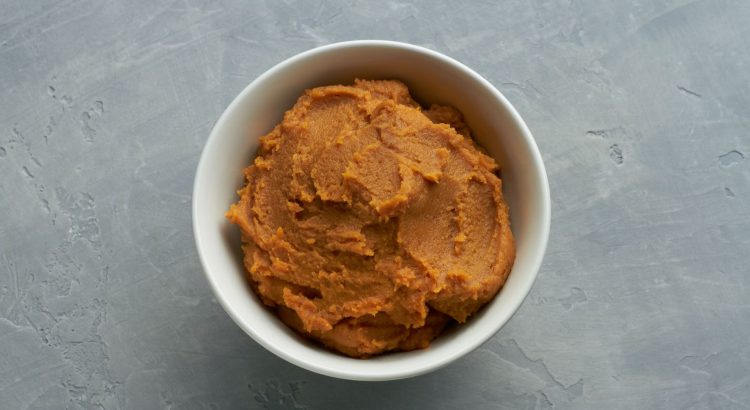
Cod with Miso Squash Puree
If you haven’t already, add miso to your seasoning repertoire! From a culinary standpoint, it is full of rich, savory umami flavor and it’s an excellent addition to sauces, marinades and spreads. But there are potential health benefits to miso as well. Miso paste is a seasoning used throughout East Asia and is known by many names. It’s been a staple for thousands of years, with evidence of its use dating back to around 500 BCE. If it’s been around that long, you know it’s good stuff!
Despite miso’s long history, research on its health benefits is new and few. As a fermented food, it seems to have many of the same health benefits of products we may be more familiar with, such as yogurt. Miso also seems to share many of the health benefits we from soy food, as it’s often made from a combination of soy and rice. It’s rich in isoflavones, which have been shown to help fight cancer and inflammation in the body. This cozy fall recipe will be a new favorite!
Serves: 2
Ingredients:
Asian Ginger Marinade
- 1/2 Tablespoon maple syrup
- 1 Tablespoon low sodium soy sauce
- 1 Tablespoon rice vinegar
- 1 Tablespoon olive or avocado oil
- 1 garlic clove, grated
- 1/2 teaspoon fresh ginger, minced or grated (about 1/2”)
- 1/2 cup finely chopped parsley
- 3/4 – 1 pound cod fish fillet
Butternut Squash Puree
- 1 medium butternut squash
- 2 teaspoons olive oil for roasting the squash
- 1 Tablespoon olive oil
- 1 Tablespoon white miso
- 1/4 teaspoon fresh ginger, grated
- 1–2 teaspoons lemon juice
Start by roasting the butternut squash. Preheat the oven to 400 degrees. Trim both ends of the butternut squash and cut it in half lengthwise. Using a spoon, scrape out the seeds. Drizzle olive oil over the cut side of both halves and sprinkle a teaspoon of salt over them. Place the halves face down on the baking sheet and cook in the oven for 30-40 minutes, until softened. Test with a fork.
While the squash is roasting, make the fish marinade by combining the maple syrup, low sodium soy sauce, rice vinegar, oil, garlic, ginger and parsley in a small bowl.
Place the cod into a baking pan just large enough to hold the fish*. Pour the marinade over the fish. Marinate from 30 to 1 hour while the squash is cooking. Once the squash is done scoop out the flesh of the butternut squash into a food processor. You should have about 1 1/2 – 2 cups.
Process the butternut squash with the butter, miso, and ginger until smooth. Add lemon to taste. Cover to keep warm. Put the cod into the oven, roast for 8-10 minutes until the fish is just barely cooked through and the edges flake easily with a fork. Don’t overcook. Divide the squash puree between 2 plates, Top with the fish. Spoon a few teaspoons of the pan juices over the fish.
Garnish with finely chopped fresh cilantro and microgreens (optional). Makes two servings.
Nutrition Facts:
Serving size: about 1 cup of squash and 1 fish fillet
Calories: 314; Fat: 8g; Carbs: 18.3g; Fiber: 2.3g; Protein: 44.9g; Sodium: 677mg
Recipe adapted from https://eatwellenjoylife.com/asian-cod-with-miso-butternut-squash-puree/

Squash Mac ‘N Cheese
Squash as a pasta sauce base may sound unusual, but this is something community nutrition educator Dana Mealing, RDN, LDN, has been serving up for years— and it has yet to be rejected by picky eaters. This is a great way to make a rich, flavorful pasta sauce that is thick and creamy without adding extra saturated fat, and the bright orange color gives the illusion of being extra cheesy, making it irresistible to kids. This sauce is also great for smothering other veggies like broccoli and cauliflower. If you’re looking for a unique way to get more veggies in your diet this fall, you’ve found it! For an extra filling all-in-one meal, try using a pasta made from lentils or chickpeas!

Sweet and Savory Red Pepper Soup
Red peppers can make a delicious addition to any meal, but serving them roasted really brings out their sweet, rich flavor. Peppers are an excellent source of many vitamins, such as vitamin A, E, C, B6 and B9, along with minerals such as folate and manganese. The vitamin C in red peppers is something that stands out. Research shows the average red bell pepper has over 300% the daily recommended amount of vitamin C. Compare that to an average orange that has about 90% the daily recommended amount. This high vitamin C content gives red peppers a powerful antioxidative effect, which scientists are researching as a way to alleviate arthritis.

Baked Endive and Apples with Gorgonzola
Endive is a leafy green that isn’t used all that often. While several different varieties are available, Belgian endive is what’s often found in the grocery store. This veggie has a unique taste; it’s sharp and bitter when raw, but when cooked, it sweetens and develops a complex flavor. Endive is also an excellent source of vitamin A, containing 14% of your daily needs; Folate, 39%; and Manganese at 20% of daily needs. It is also high in vitamin K — at 220% of your daily values. Keep this in mind if you are on an anticoagulant (blood thinner) such as Warfarin or Eliquis. Vitamin K, which is found in many leafy greens, acts as a coagulant. That is not saying don’t eat dark leafy greens. But the important takeaway here is to eat a consistent amount of these veggies day to day, and let your doctor know if you plan on changing your intake.
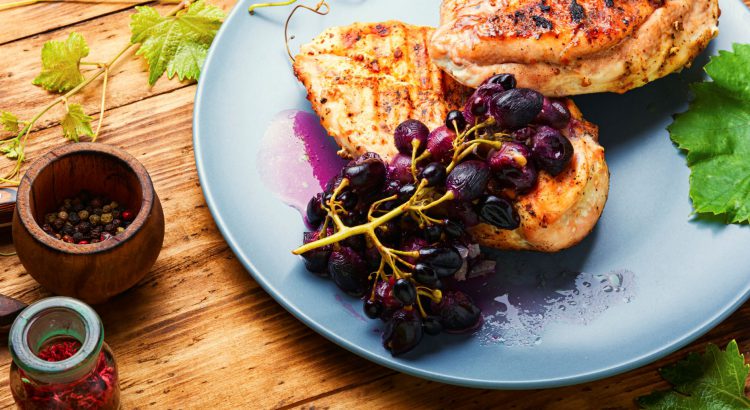
Baked Chicken Veronique
Grape season is here! A choice fruit for late summer, grapes are full of powerful antioxidants. Many of us are familiar with the study that came out years ago that left the media presenting the suggestion that we should drink one glass of red wine a day for our heart health. This is because the powerful antioxidant resveratrol has been shown to help prevent damage to blood vessels and reduce out “bad” cholesterol, known as LDL. However, alcohol is considered a toxin and can be damaging to our health. So how do we get resveratrol in our diet without red wine? Grapes. You can also find it in other fruits, such as blueberries and blackberries. Grapes are a common snack, but most people don’t use them in their cooking. This recipe is a unique sweet and savory way to cook with grapes and get some heart-healthy antioxidants in your system!
